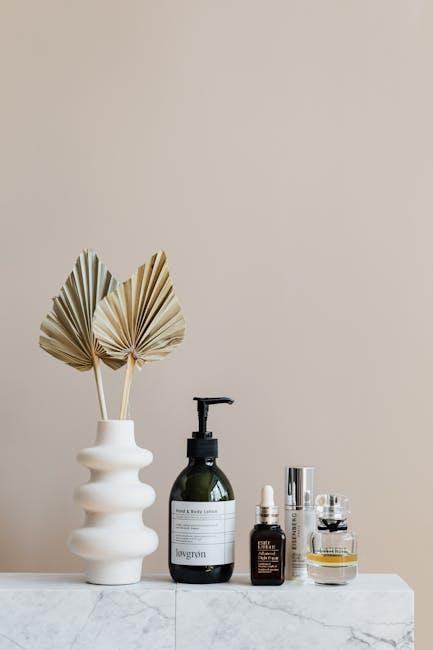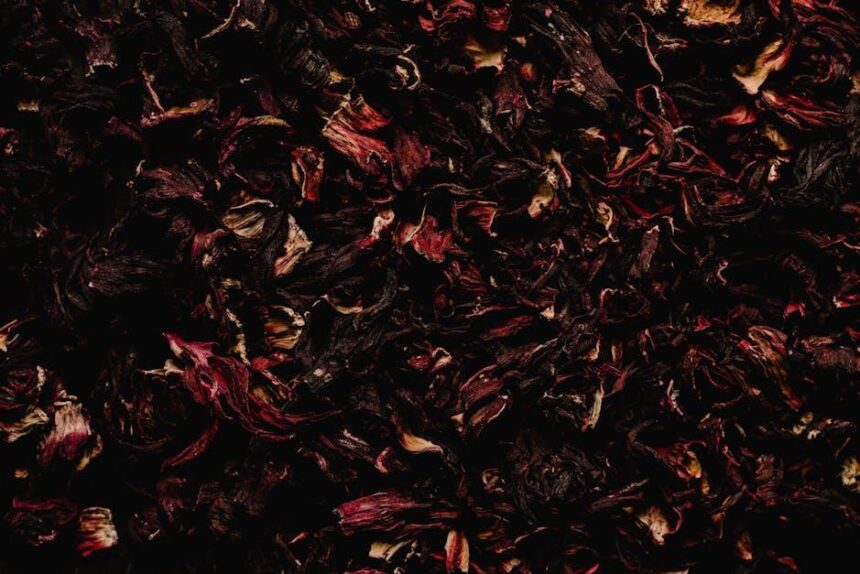In the quiet corners of our busy lives, the simple act of drinking tea can unfold into a moment of calm and reflection. Crafting a tea-drinking ritual at home is more than just steeping leaves in hot water; it is an art that invites mindfulness, intention, and a touch of personal ceremony. This gentle practice encourages a pause-a brief escape where the aroma, temperature, and taste intertwine to create a small but significant experience. By thoughtfully designing your own tea ritual, you transform a daily habit into a meaningful retreat, offering both comfort and clarity in the ebb and flow of everyday life.
Choosing the Perfect Tea Leaves for Your Ritual
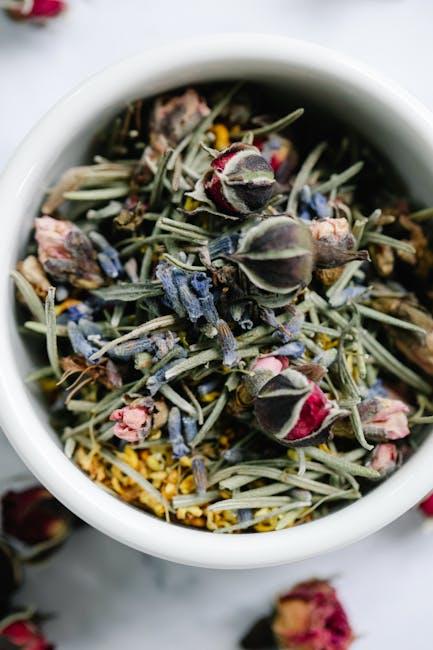
Embarking on your tea ritual begins with selecting leaves that resonate not just with your palate but also with the essence of your daily practice. Consider the origin and the story behind each leaf: Indian Darjeeling offers a floral, muscatel charm perfect for morning contemplation; Japanese matcha brings a vibrant, earthy depth for mindful afternoons; while South African rooibos invites cozy, caffeine-free evenings with its naturally sweet and nutty notes. The texture of the leaf and its aroma are your initial guides-look for vibrant, unbroken leaves that promise freshness and a full-bodied brew.
To refine your choice, keep in mind the intended effects and flavors by categorizing types of tea leaves. Here’s a simple guide:
| Tea Type | Flavor Profile | Ideal Ritual Moment |
|---|---|---|
| Green | Grassy, fresh, slightly sweet | Morning meditation |
| Black | Rich, bold, malty | Afternoon energy boost |
| Herbal | Floral, fruity, soothing | Evening relaxation |
| Oolong | Complex, floral, toasted | Midday calm focus |
Remember: the perfect leaf is as much about the emotional resonance and ritual intention as it is about taste. Experimenting with blends and single-origin teas can turn your ritual into an ongoing exploration of identity and tranquility.
Setting the Ambiance to Enhance Your Experience
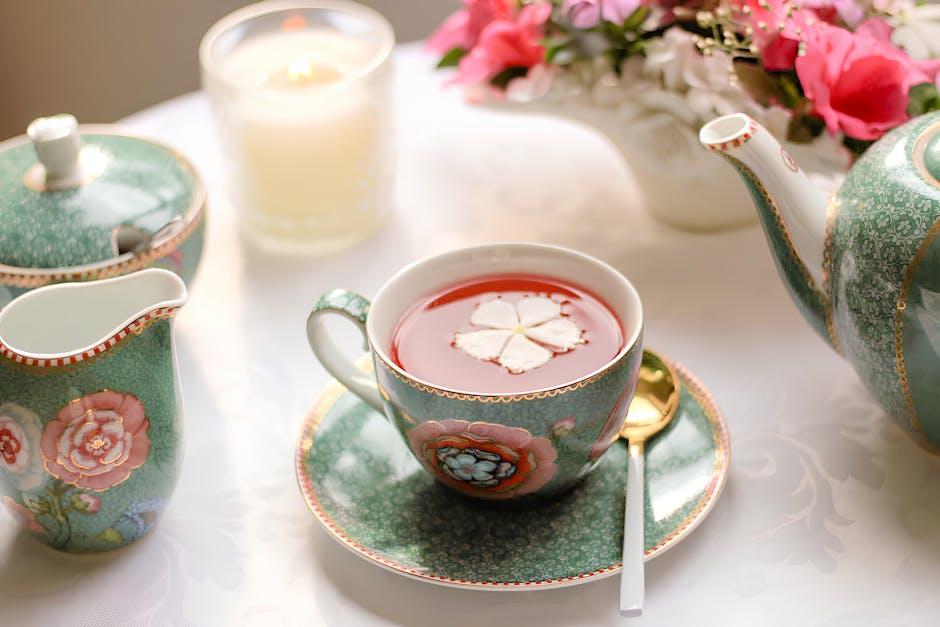
Transform your space into a serene haven by paying attention to the subtle details that surround your tea moments. Begin by selecting soft lighting-think warm fairy lights or the gentle flicker of candles-to create a cozy glow that invites relaxation. Incorporate natural elements like fresh flowers, wooden trays, or smooth stones to evoke a connection with the earth, grounding your ritual in mindfulness. A carefully chosen playlist of gentle acoustic melodies or ambient nature sounds can further deepen your sense of calm, making each sip a journey into tranquility.
Essential ambiance enhancers to consider:
- Soft, warm-colored lamps or string lights
- Fresh herbs or flowers for a subtle natural aroma
- Minimalist, clutter-free spaces with comfortable seating
- Textured fabrics like linen or cotton for tea accessories and cushions
- Calming background music or natural soundscapes
| Element | Effect | Tip |
|---|---|---|
| Lighting | Creates warmth & intimacy | Use dimmable options for flexibility |
| Scents | Enhances relaxation | Light scented candles sparingly |
| Sounds | Supports focus and calm | Choose instrumental or natural sounds |
Mastering the Art of Steeping and Pouring
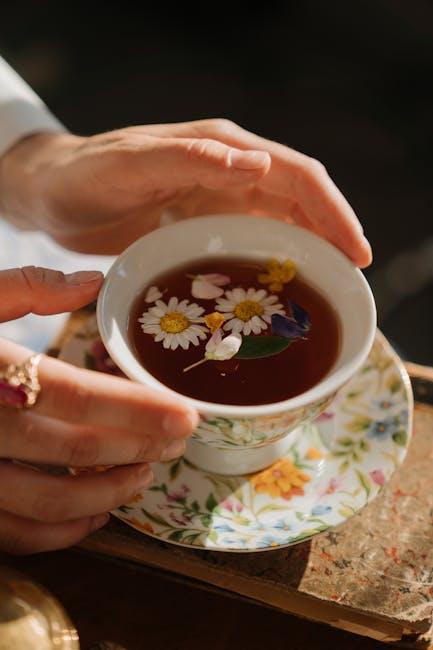
The journey to the perfect cup begins with understanding the delicate balance of time, temperature, and technique. Different teas demand specific water temperatures to unlock their unique flavors –too hot and the leaves burn, too cool and the essence remains shy. For example, green teas thrive best around 175°F (80°C), while black teas prefer a rolling boil. By embracing the ritual of timing your steep, you invite harmony into the cup: subtle herbaceous notes or robust malty depths emerge when leaves are allowed their moment in warm water. To achieve this, consider these essentials:
- Use a thermometer or kettle with temperature control for precision
- Fresh leaves require shorter steep times than older leaves
- Gentle agitation or swirling encourages even infusion
- Always cover your tea while steeping to trap aromatic steam
The art doesn’t end with steeping – the pouring is equally vital. Pouring tea is a mindful act, allowing oxygen to awaken flavors and creating a visual grace that heightens sensory pleasure. Using a gaiwan or a fine-spouted teapot helps regulate flow and prevents bitter over-extraction. Whether poured into delicate porcelain cups or rustic clay mugs, serve your tea in a manner that respects the liquid’s journey. Here’s a quick reference to ideal steeping moments and pouring styles for popular teas:
| Tea Type | Steep Time | Water Temp | Pour Style |
|---|---|---|---|
| Green | 2-3 mins | 175°F (80°C) | Gentle thin stream |
| Oolong | 3-5 mins | 195°F (90°C) | Slow circular pour |
| Black | 4-6 mins | 212°F (100°C) | Steady direct stream |
| Herbal | 5-7 mins | 212°F (100°C) | Soft wide pour |
Incorporating Mindfulness into Your Tea Ceremony
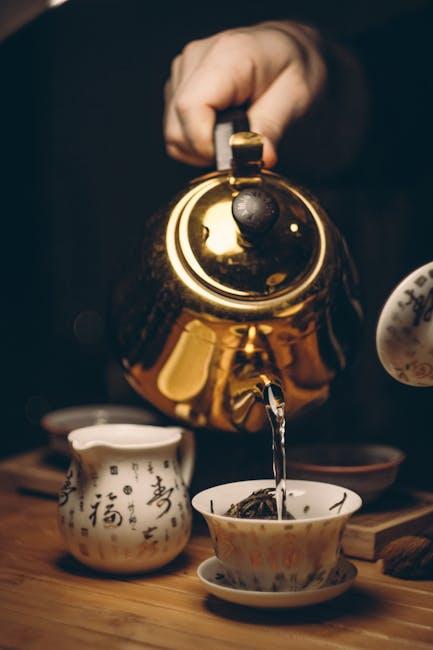
Mindfulness transforms tea preparation from a routine task into a soothing, sensory experience. Begin by setting your space: choose a quiet corner, dim the lights subtly, and gather your tea tools with intention. As water heats, tune into the rising steam and the gentle hum of the kettle, allowing your thoughts to settle. Pour the hot water over the leaves slowly, observing their unfurling dance. This moment invites you to engage fully with texture, aroma, and sound, fostering a deep sense of presence that nurtures both body and mind.
To deepen this practice, try incorporating the following mindful habits into your ritual:
- Silent moments: Pause before sipping to appreciate the fragrant aroma.
- Focused breathing: Inhale deeply with each sip, syncing breath and taste.
- Gratitude reflection: Acknowledge the journey of the tea from leaf to cup.
| Mindfulness Element | How to Apply |
|---|---|
| Focus | Turn off devices; prioritize the tea moment |
| Breath | Take a breath before each sip |
| Gratitude | Reflect on the origins and effort behind your tea |
The Way Forward
As the final steam rises from your cup, the simple act of tea drinking unfolds into a moment of mindful ritual-a quiet sanctuary carved from the rhythm of your day. Crafting this ritual at home is not just about the tea itself, but about cultivating presence, intention, and a gentle pause amidst life’s pace. With each carefully brewed pot, you invite calm and connection into your space, making every sip a small celebration of stillness. Whether morning light spills across your table or evening shadows deepen, your tea ritual becomes a quietly powerful reminder: sometimes, the simplest ceremonies hold the richest comforts.









